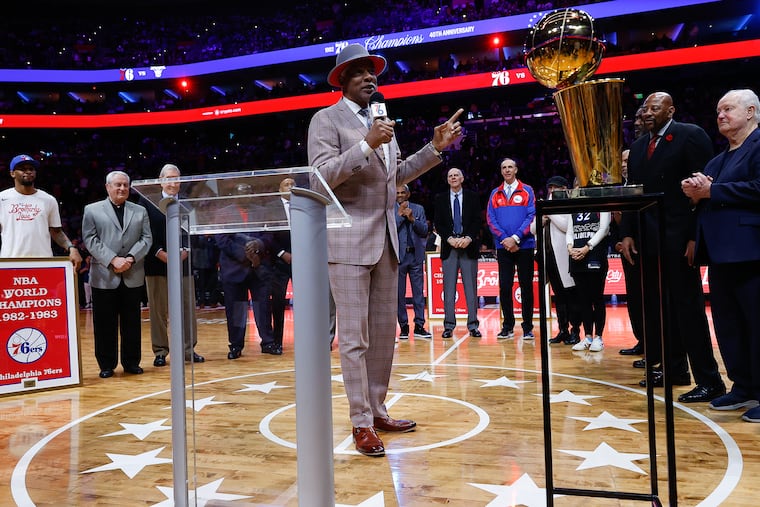‘I’m pulling for them’: Sixers legends see links between 1983 title team and today’s stars
The two groups met at the Sixers practice facility, where Bobby Jones, Clint Richardson and others preached sacrifice, togetherness and

The two groups met at the Sixers practice facility, where Bobby Jones, Clint Richardson and others preached sacrifice, togetherness and
